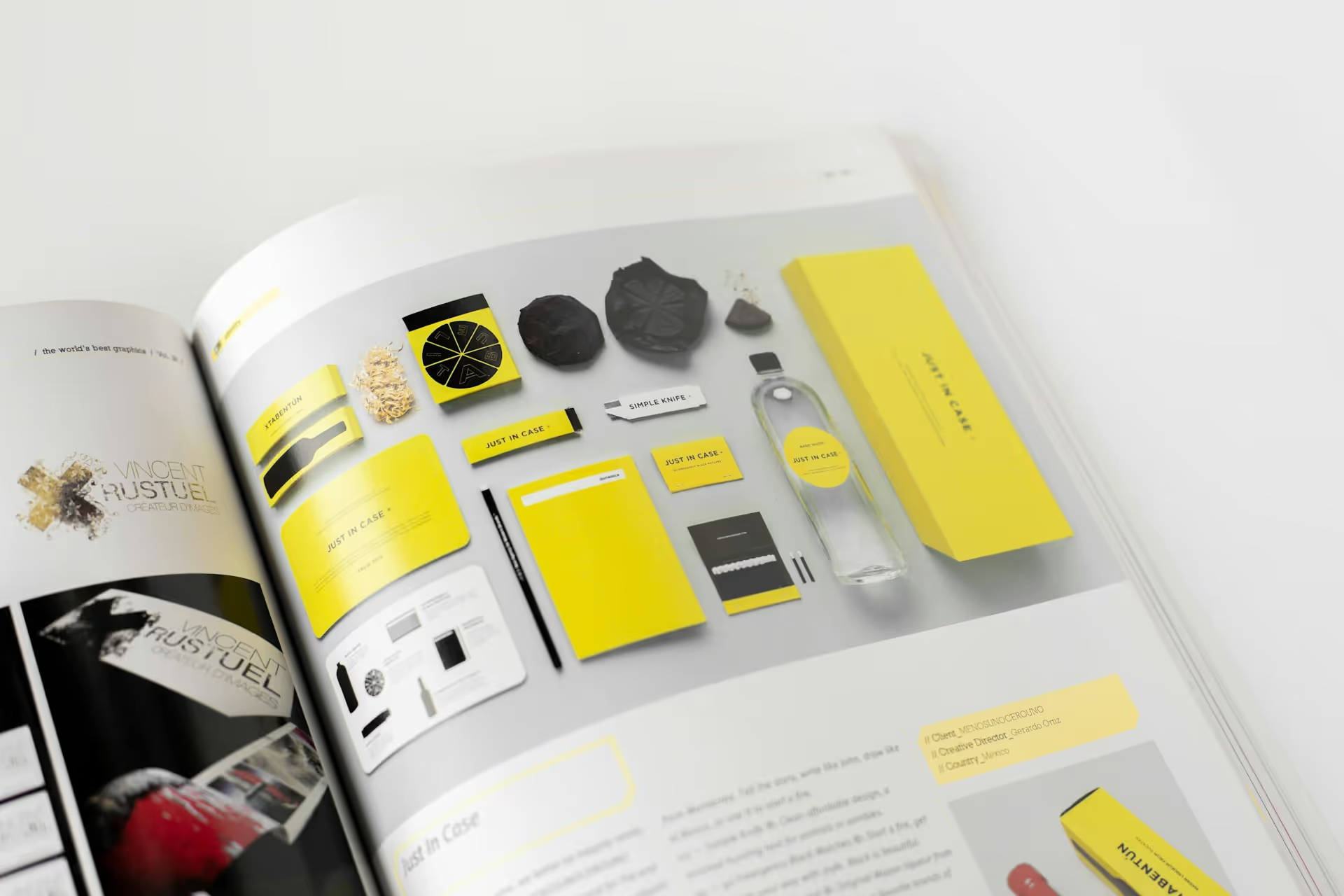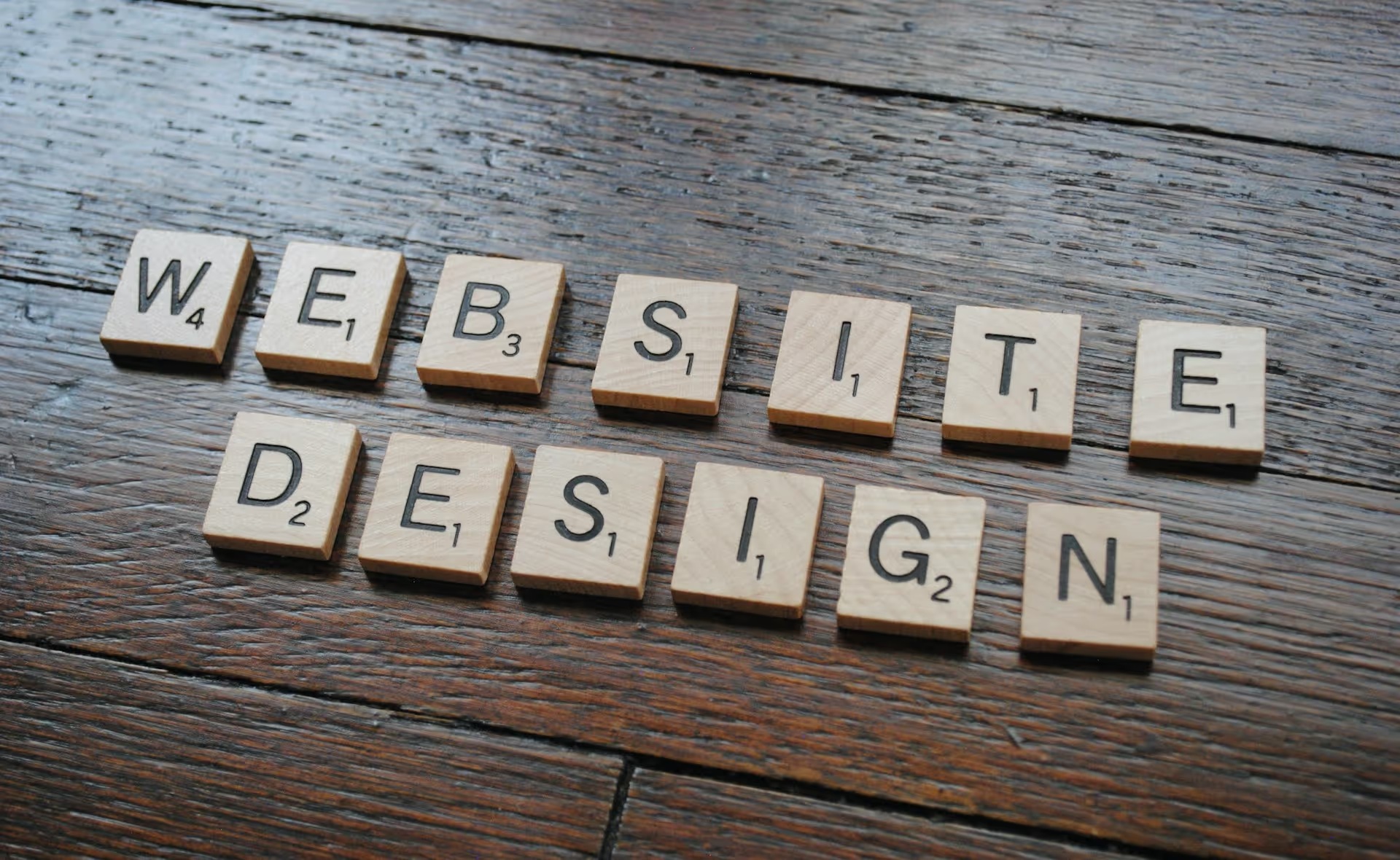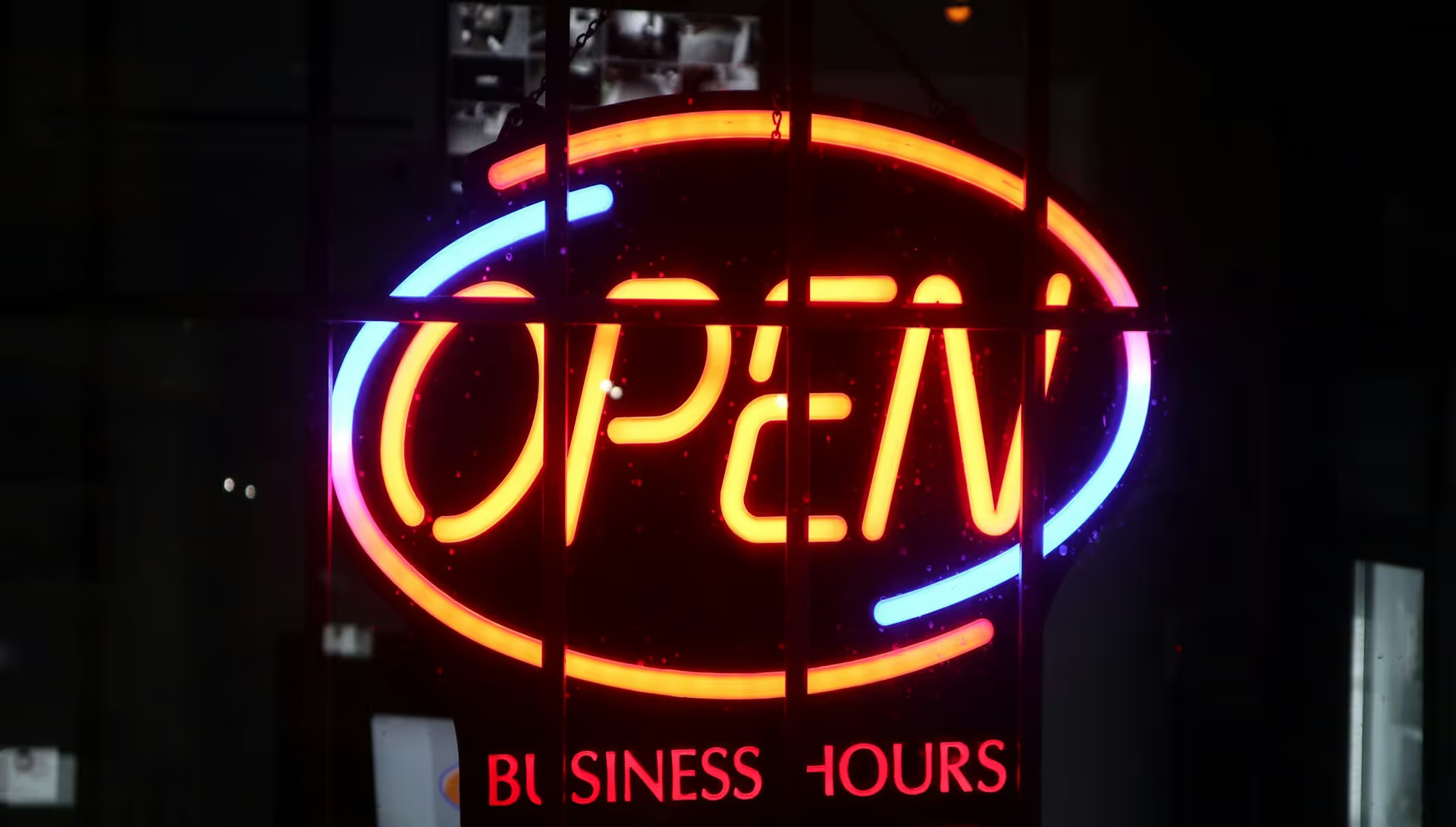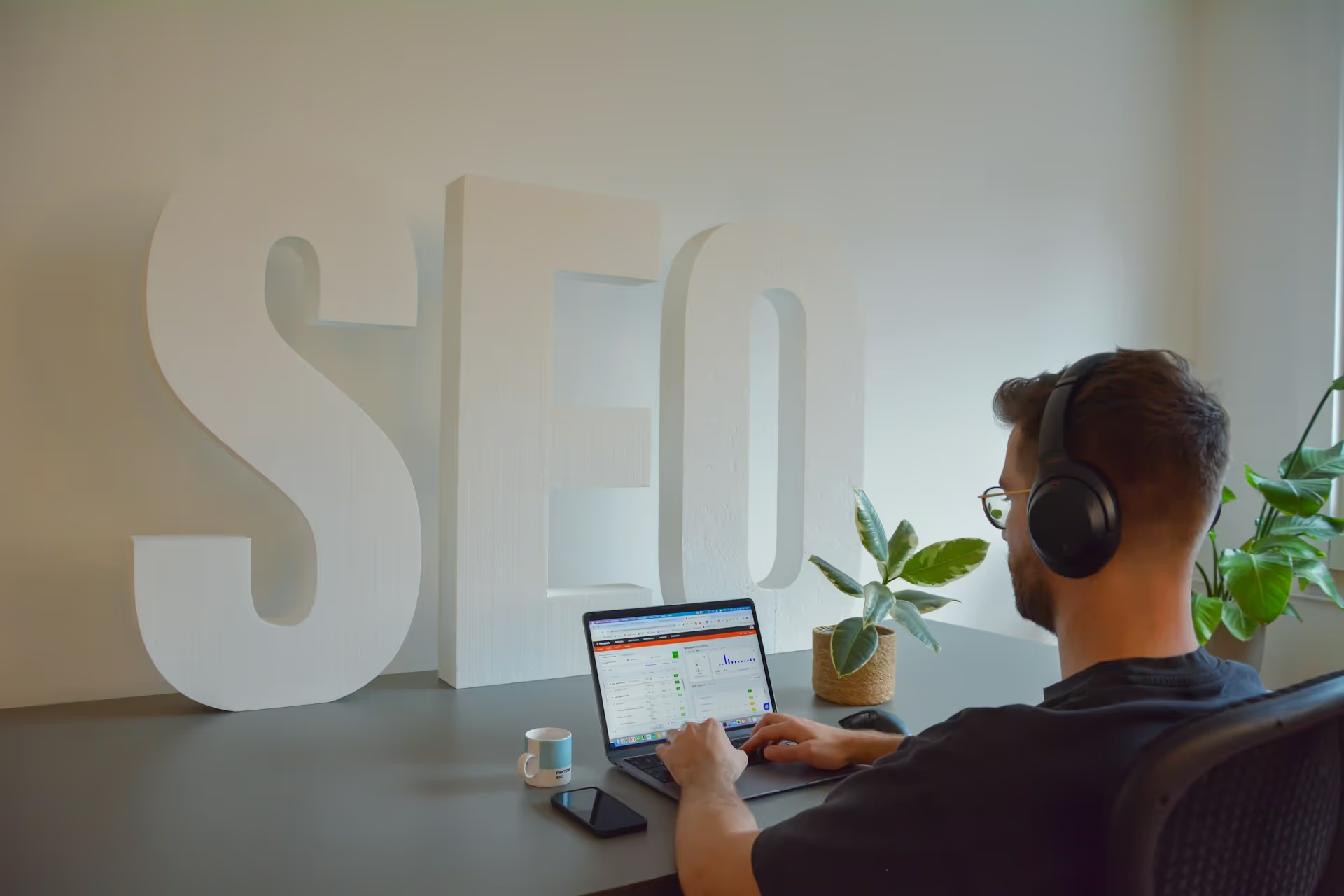
Why NYC Startups Are Ditching WordPress for Webflow And When You Should Too
1. Introduction:
In New York City, where speed, design, and innovation dictate success, startups can’t afford to make the wrong decisions—especially when it comes to their digital presence. Your website isn’t just a digital brochure; it’s your brand’s headquarters, your storefront, and your best-performing salesperson all rolled into one.
For years, WordPress dominated the scene, powering nearly 43% of the web. But a powerful shift is underway in the NYC startup ecosystem: brands are moving away from WordPress and choosing Webflow instead. This isn't a trend; it’s a strategic evolution. And if you’re building or scaling a startup in New York, it might be time to rethink your tech stack.
Let’s unpack exactly why startups are making the leap—and when you should consider doing the same.
2. WordPress: A Powerful Legacy Platform (With Limitations)
There’s no denying that WordPress is robust. With thousands of themes, plugins, and a massive open-source community, it has long been the go-to for brands wanting to quickly build and manage content-driven websites.
Benefits of WordPress:
- Flexibility through thousands of plugins for everything from SEO to e-commerce
- Large developer community for troubleshooting, integrations, and support
- Scalable for content-heavy or multi-user websites
- Open source means endless customization possibilities
But with that flexibility comes complexity.
The Pain Points NYC Startups Experience:
- Maintenance Overload: Frequent plugin updates, theme conflicts, and security patches become a full-time job.
- Developer Dependency: Customizations often require PHP or JavaScript knowledge, meaning you’re constantly relying on developers.
- Bloated Code & Performance Issues: Many themes come with unnecessary bloat, slowing down load speeds and hurting user experience.
- Security Risks: Because WordPress is open-source, it's a favorite target for hackers. Unpatched plugins are particularly vulnerable.
- Design Constraints: Unless heavily customized, many WordPress themes look generic and lack the visual fidelity modern brands demand.
- Plugin Overload: The plugin ecosystem can create dependencies, breaking sites when plugins become deprecated or conflict with each other.
In a city like New York, where agility, aesthetics, and performance are everything, these downsides are more than inconvenient—they're a liability.
3. Enter Webflow: Built for Designers, Loved by Startups
Webflow is a no-code visual web design platform that combines design, development, and content management into one powerful system. Unlike traditional builders, Webflow gives you full control over HTML, CSS, and JavaScript—without writing a line of code.
It’s been dubbed "the future of web design," and for good reason.
4. Why NYC Startups Are Moving to Webflow:
a. Complete Design Freedom (Without the Dev Bottleneck)
Webflow allows your design and marketing teams to build pixel-perfect, fully responsive websites—no developer required.
- Real-time visual editing of layouts, typography, interactions, and animations
- Design exactly to brand specs instead of modifying cookie-cutter themes
- Build prototypes and live sites in one tool, reducing time to market
Design-led startups, creative agencies, and founders love this autonomy. In a place where speed to market can mean the difference between getting funded and getting ghosted, Webflow gives teams full control.
b. Built-In CMS That’s Actually Intuitive
WordPress's content editor can be clunky, especially when using third-party builders like Elementor or WPBakery. Webflow’s CMS is clean, visual, and built for structured content.
- Create custom content types (e.g., blog posts, case studies, team bios)
- Collaborate with your content team in real-time
- Use dynamic templates to scale content-rich sites without messy plugins
- Visually map and control your content schema—ideal for growing startups
c. Cleaner Code & Lightning-Fast Performance
Speed matters. Especially in NYC, where every millisecond of load time affects bounce rates and conversions.
Webflow sites are optimized out of the box:
- Clean semantic HTML5/CSS3 code
- Fast, global CDN with automatic caching
- Minified code and lazy loading
- Optimized image delivery via responsive resizing and WebP support
Sites built with Webflow consistently outperform traditional platforms on Google PageSpeed Insights and Core Web Vitals.
d. SEO Features Baked In
Startups serious about SEO can’t rely on plugins alone. Webflow includes advanced on-page SEO features by default:
- Edit meta titles, descriptions, alt tags, and Open Graph settings
- Auto-generate sitemaps and 301 redirects
- Structured data and schema markup support
- Mobile responsiveness and fast performance—both key SEO ranking factors
- Canonical URL control to prevent duplicate content issues
This makes Webflow not just a visual tool, but an SEO-optimized platform ready for organic growth from day one.
e. Scalable, Secure Hosting Without the Headaches
Webflow offers enterprise-grade hosting via AWS and Fastly. That means no more:
- Managing third-party hosting environments
- Worrying about plugin conflicts or downtime
- Regular security patching or backups
- SSL installation, server configuration, or CDN setup
Webflow’s managed hosting ensures performance, uptime, and security out of the box.
f. Better Collaboration Across Teams
Unlike WordPress, where devs often have to mediate between design and content, Webflow empowers everyone to work in parallel.
- Designers can build layouts and animations visually
- Marketers can update content and CTAs without touching code
- Founders and stakeholders can preview and approve pages instantly without multiple environments
This cross-functional collaboration accelerates launch cycles, reduces miscommunication, and keeps momentum high.
g. Faster Iteration and Prototyping
Launching a new product? Testing a new feature? Webflow lets startups spin up test pages, new landing pages, and prototypes quickly—without backlogs or staging environments.
- Launch, learn, and iterate in real time
- A/B test landing pages without plugin headaches
- Build dynamic microsites for new campaigns or investor decks
In a city like NYC, where every week counts, this agility is a major competitive advantage.
5. When Should You Consider Switching to Webflow?
Webflow is powerful, but not always the right fit for every business. Here’s when the switch makes sense:
✅ You should switch to Webflow if:
- You want more control over your brand's visual identity
- You’re tired of plugin management and security maintenance
- Your marketing team needs faster execution without dev bottlenecks
- SEO and performance are critical to your growth strategy
- You’re planning a rebrand or site overhaul
- You want to prototype and test new ideas faster
❌ You may want to stick with WordPress if:
- You run a massive blog or content network with thousands of posts
- You have complex third-party plugin dependencies (e.g., WooCommerce with custom payment logic)
- Your internal team already includes experienced WordPress developers
- You require legacy system integrations not yet supported in Webflow
Still unsure? At Brightter, we help NYC startups make the right platform choice based on brand goals, team structure, and scalability.
6. The Bottom Line: It’s About Freedom, Speed, and Scale
NYC startups don’t have time to fight their tools. They need websites that work for them—not the other way around. A slow site, a confusing CMS, or a development bottleneck can cost you growth, leads, and investor confidence.
Webflow offers:
- Design freedom
- Development agility
- Built-in SEO optimization
- Enterprise-level performance
- Seamless scalability and faster iteration cycles
It’s not just about choosing a platform. It’s about choosing momentum. In a city that moves at the speed of culture, your website should too.
7. Ready to Ditch WordPress for Webflow?
At Brightter, we specialize in high-performance Webflow websites for brands that want to grow faster, convert better, and look exceptional doing it.
Whether you’re rebuilding from scratch or migrating from WordPress, we’ll help you design a site that actually works for your team, your users, and your future.
Schedule a free strategy call today.
Let’s build a better brand experience—together.



.avif)



















































































